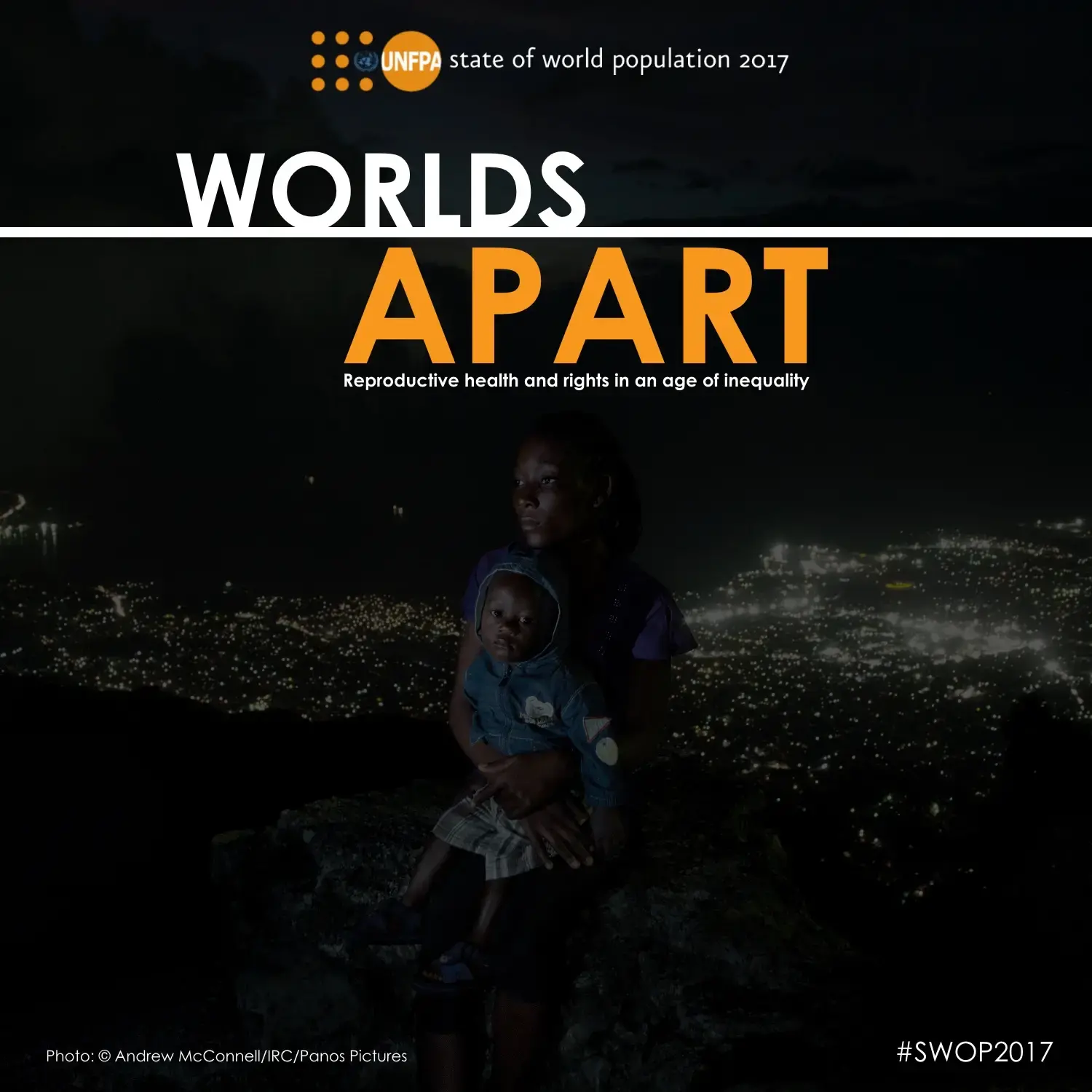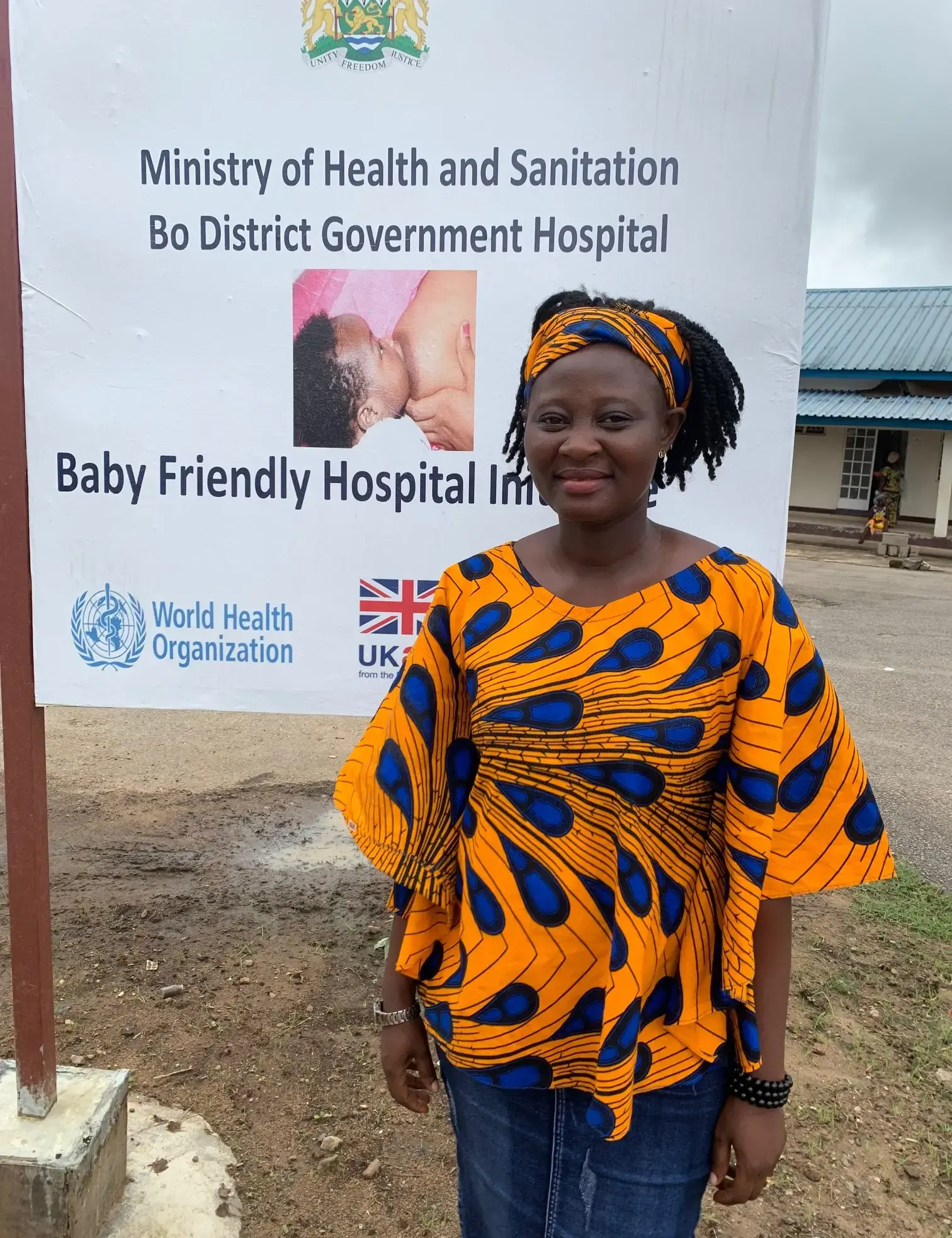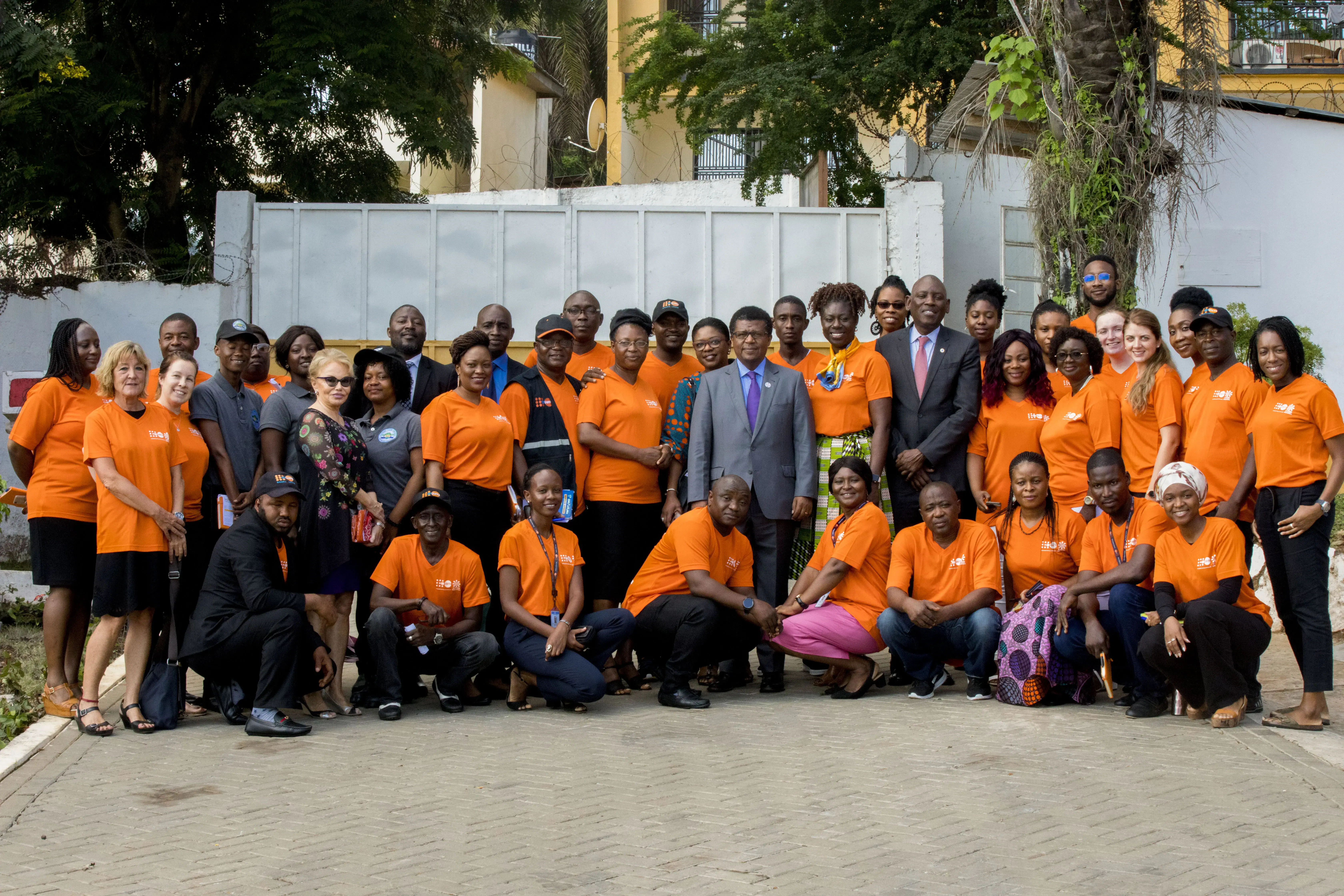In today’s world, gaps in wealth have grown shockingly wide. Billions of people linger at the bottom, denied their human rights and prospects for a better life. At the top, resources and privileges accrue at explosive rates, pushing the world ever further from the vision of equality embodied in the Universal Declaration of Human Rights.
Inequality is often understood in terms of income or wealth—the dividing line between the rich and poor. But, in reality, economic disparities are only one part of the inequality story. Many other social, racial, political and institutional dimensions feed on each other, and together block hope for progress among people on the margins.
Two critical dimensions are gender inequality, and inequalities in realizing sexual and reproductive health and rights; the latter, in particular, still receives inadequate attention. Neither explains the totality of inequality in the world today, but both are essential pieces that demand much more action. Without such action, many women and girls will remain caught in a vicious cycle of poverty, diminished capabilities, unfulfilled human rights and unrealized potential—especially in developing countries, where gaps are widest.




